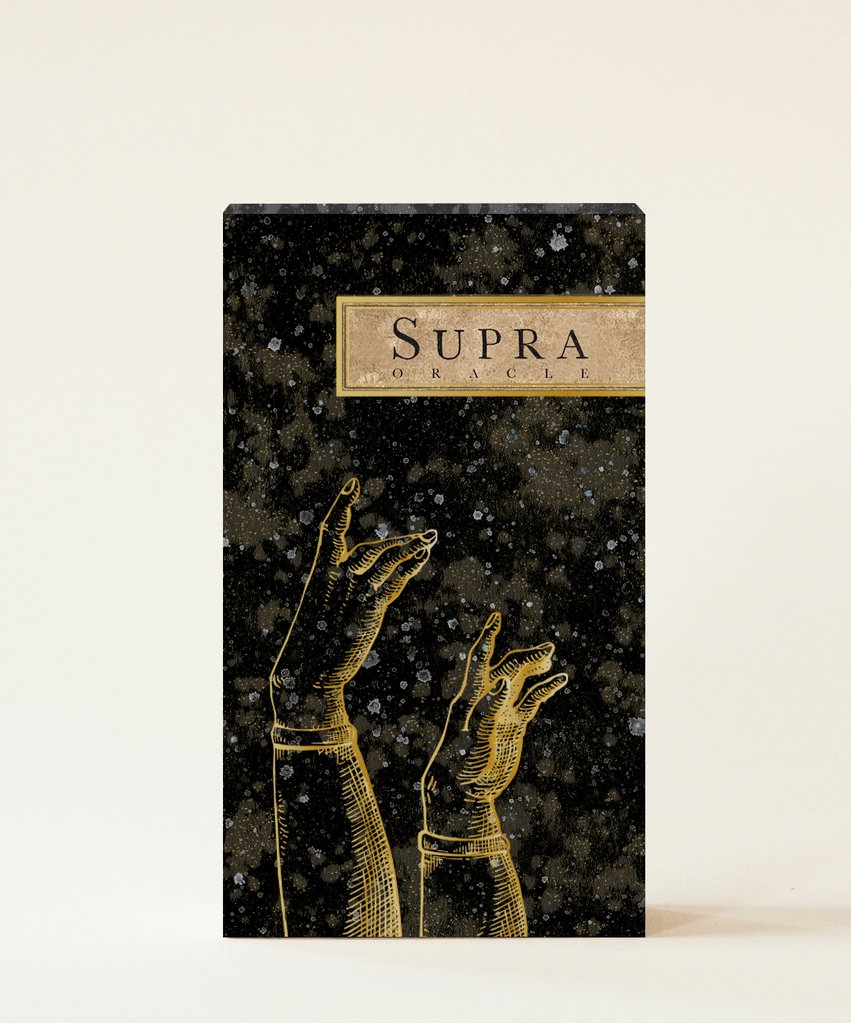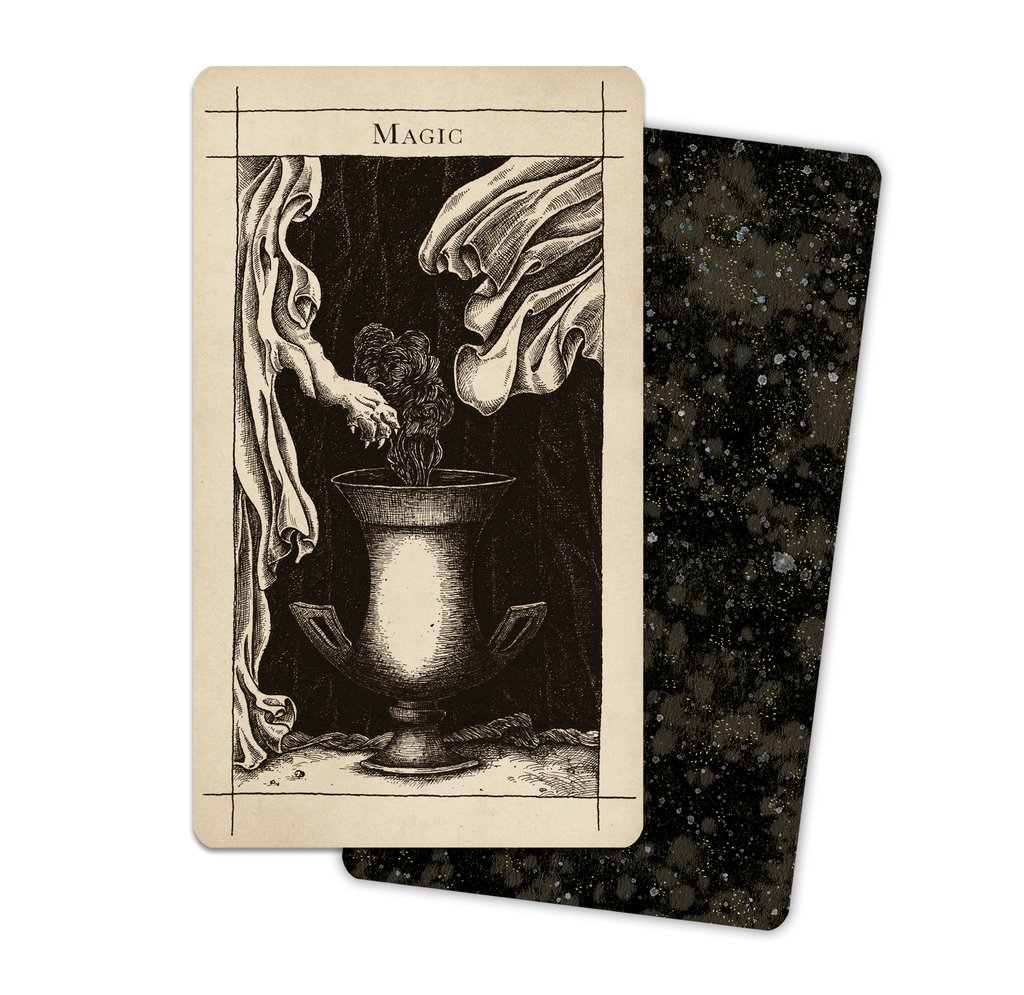b
Tarot by Uusi
Linnea Gits and Peter Dunham are artists/designers who head the creative studio Uusi. The following tarot and oracle decks are transcendently lovely.
The Pagan Otherworlds tarot deck features 84 cards with images hand-painted by Gits and Dunham using traditional oils, and is inspired by nature, Celtic mysticism, and the “luminous beauty of Renaissance paintings.”
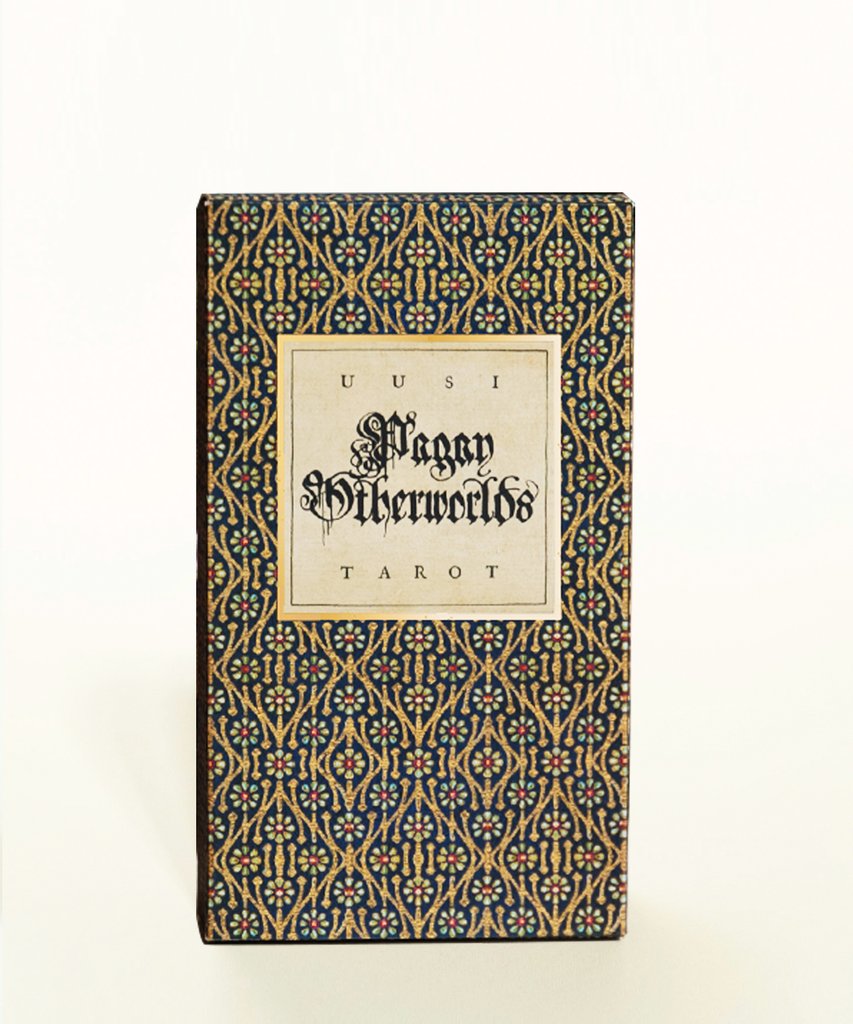
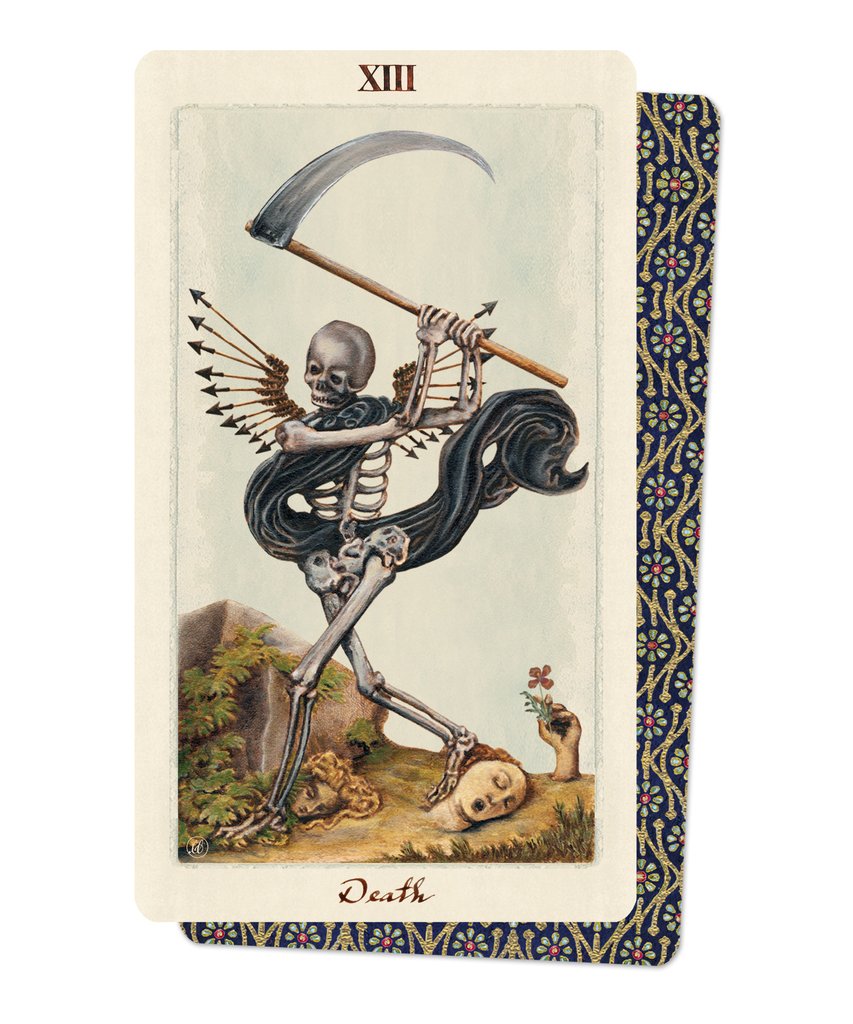
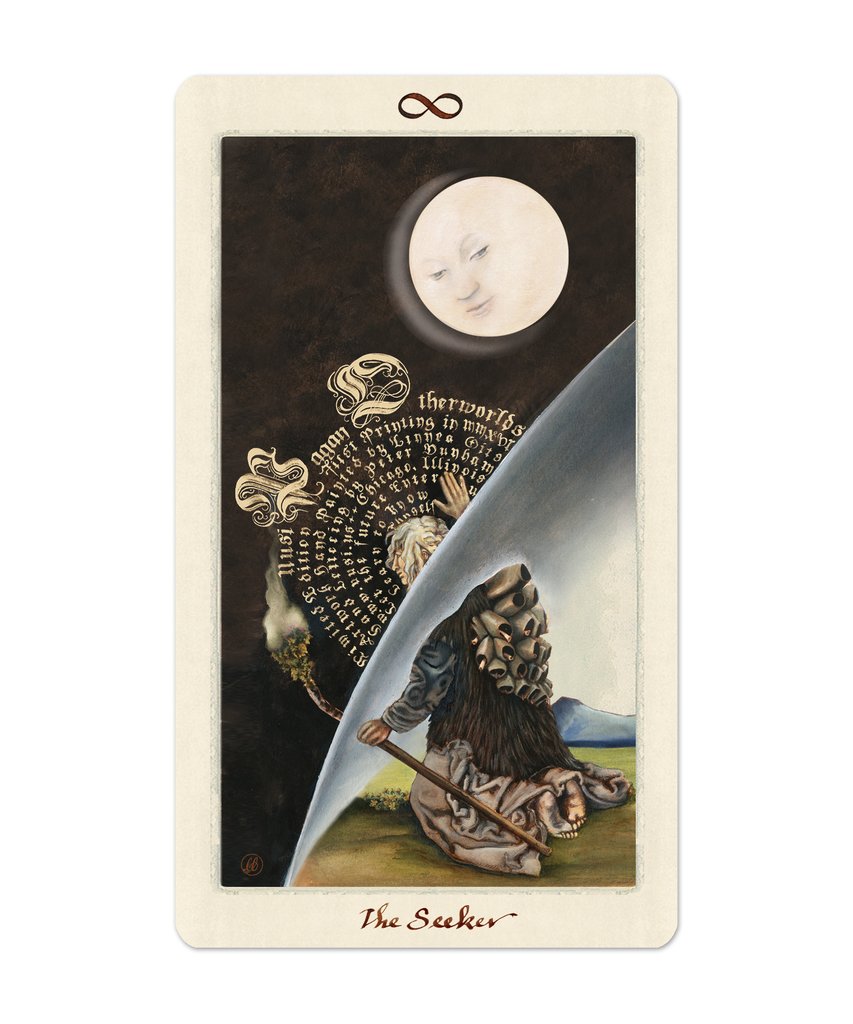
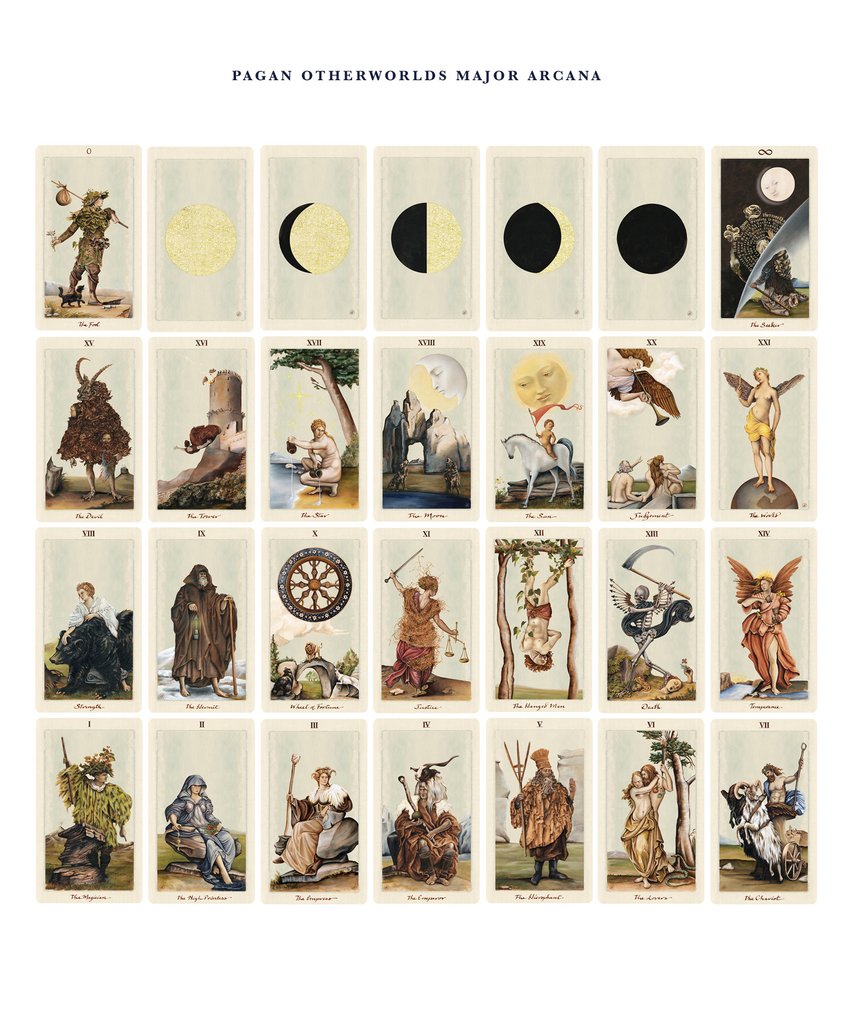
The 56-card Supra oracle deck, illustrated by Peter Dunham, is based on the mingling of Jungian psychology and Gnosticism. The images are at once mystical and personal, partaking of the austere surreality of a Huysmans novel, evoking the communion of the self with the self.
